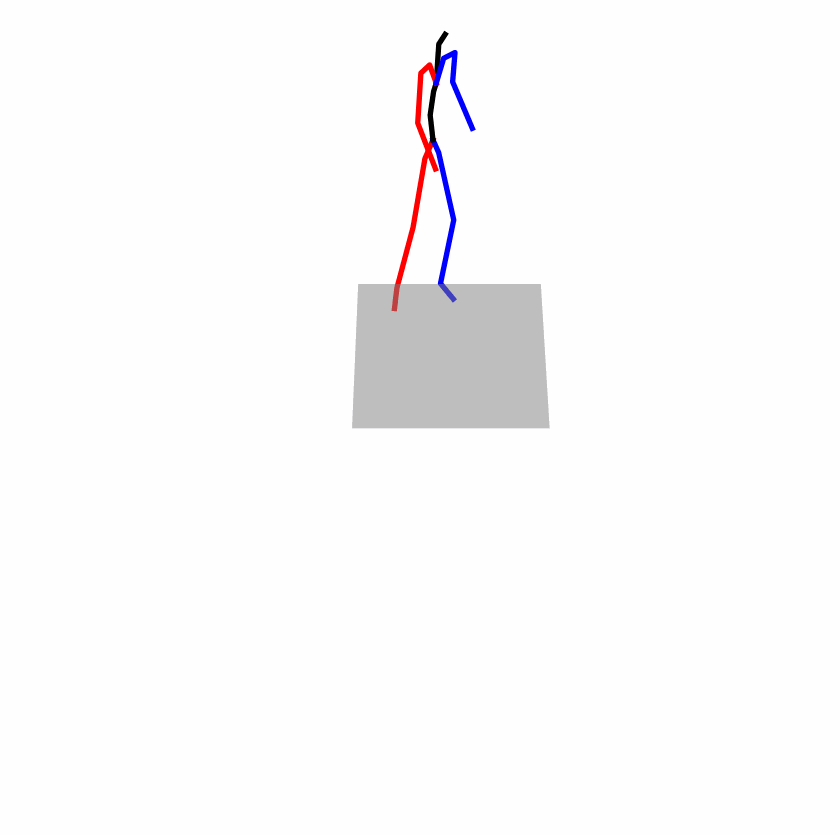SATO: Stable Text-to-Motion Framework
Is the Text to Motion model robust? Recent advancements in Text to Motion models primarily stem from more accurate predictions of specific actions. However, the text modality typically relies solely on pre-trained Contrastive Language-Image Pretraining (CLIP) models. Our research has uncovered a significant issue with the text-to-motion model: its predictions often exhibit inconsistent outputs, resulting in vastly different or even incorrect poses when presented with semantically similar or identical text inputs. In this paper, we undertake an analysis to elucidate the underlying causes of this instability, establishing a clear link between the unpredictability of model outputs and the erratic attention patterns of the text encoder module. Consequently, we introduce a formal framework aimed at addressing this issue, which we term the Stable Text-to-Motion Framework (SATO). SATO consists of three modules, each dedicated to stable attention, stable prediction, and maintaining a balance between accuracy and robustness trade-off. We present a methodology for constructing an SATO that satisfies the stability of attention and prediction. To verify the stability of the model, we introduced a new textual synonym perturbation dataset based on HumanML3D and KIT-ML. Results show that SATO is significantly more stable against synonyms and other slight perturbations while keeping its high accuracy performance.
PDF Abstract

 HumanML3D
HumanML3D